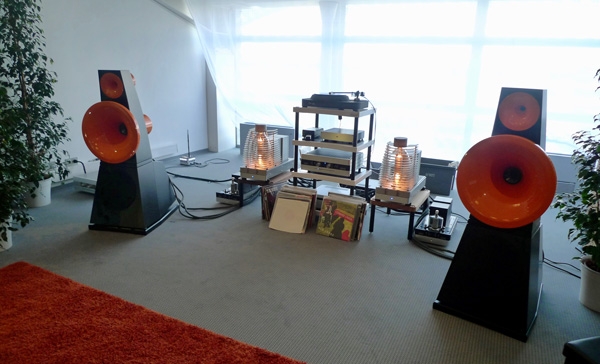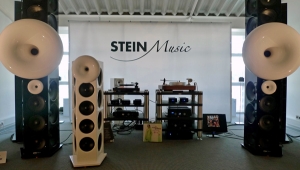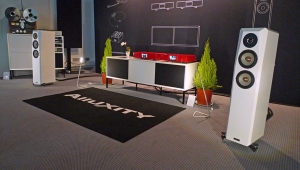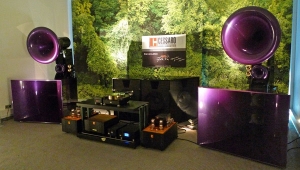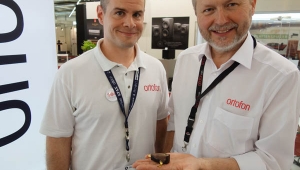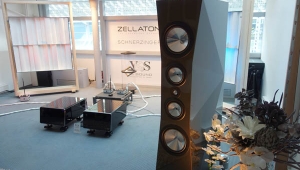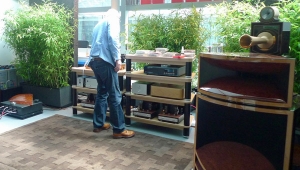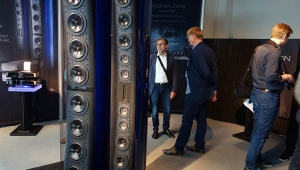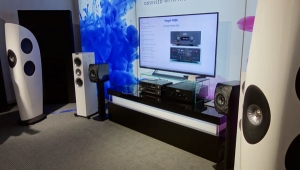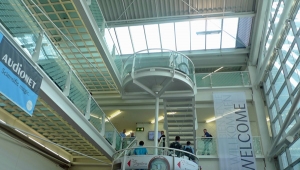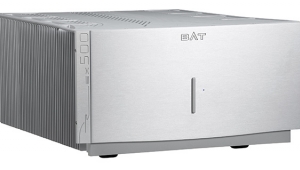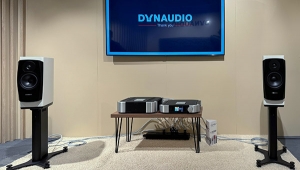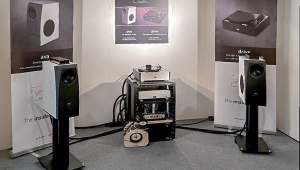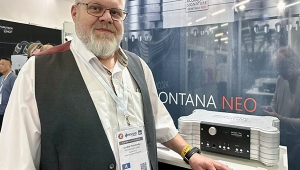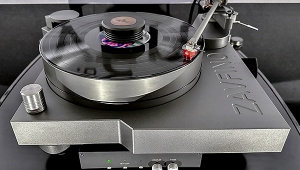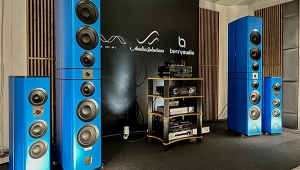| Columns Retired Columns & Blogs |
Like I was there!
Two things:
1. About the Kirmuss Audio record cleaning system:
"Best of all, because it operates at a lower ultrasonic frequency (35kHz) than other currently popular disc cleaners, according to Kirmuss CEO Charles B. Kirmuss it can clean delicate shellac discs without damage."
That's interesting. Another new ultrasonic record cleaner, The Degritter, has been making some waves and one of it's selling points has been the opposite: that they employ a HIGHER ultrasonic frequency than most cleaners - which they claim allows for finer and gentler cleaning of a record than lower frequencies. Hmmm..which sales talk to believe :-) (I'd like to pick up an US record cleaner at some point. The less labor intensive for me, the better, as few other record cleaning methods appeal to me).
2. Herb, do you know when your follow up review of the Joseph Audio Pulsar speakers will appear?
Thanks.
